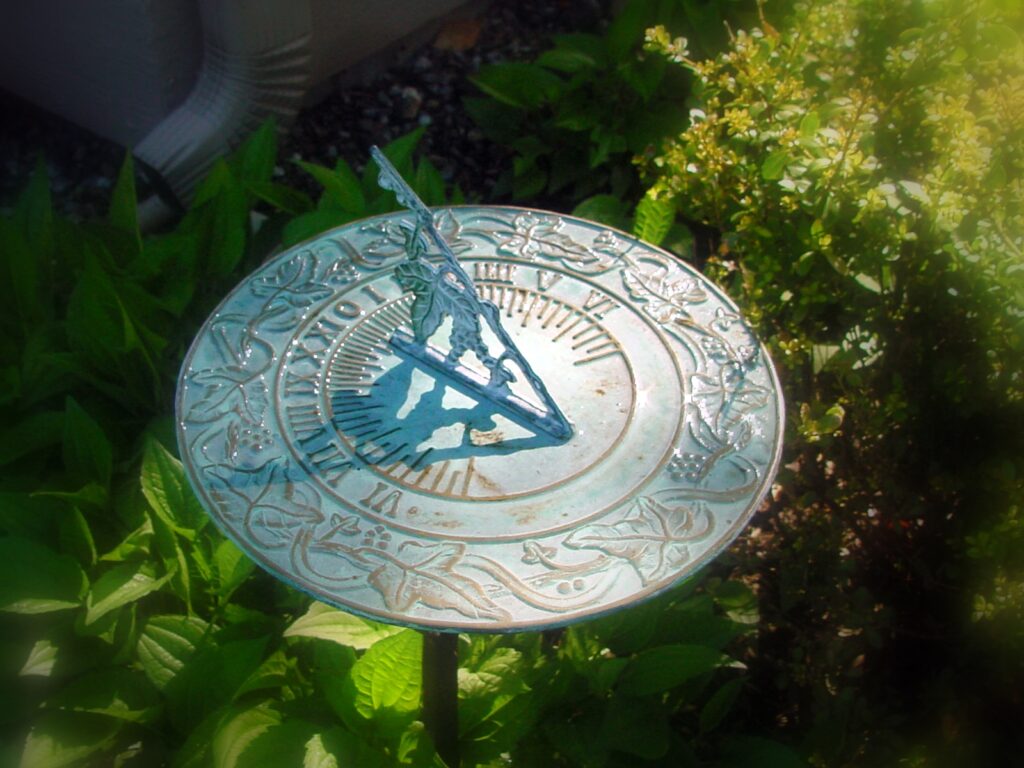Have you ever tried to read the Bible from beginning to end and found it challenging? Most people I talk to never get out of Genesis. There are some tenacious people that successfully read through the Bible, but most of them admit that it was a bit of a struggle. This is not surprising.
The Bible is not organized in chronological order like a novel. In fact, I do not believe that it was ever intended to be read straight through from Genesis to Revelation. But once you understand its organization, then you can modify your reading path and understand its flow. Let’s start by making it a little less complicated in our hands by understanding some of its organization.
There are sixty-six books in the Bible that are divided into two parts: the Old Testament and the New Testament. For now, we will focus on the Old Testament and its organization. The Old Testament tells the story of the Israelites. God chose this nation to not only bless the world but to also show the world who He is. Each book and each story gives a different glimpse of His sovereignty.
The books of the Old Testament are then sub-divided further into three major groups: history, poetry, and prophecy. Even though a book is considered in a certain group, it doesn’t mean that it is exclusive to that group. Many of the books of prophecy are written in poetic prose but are considered mainly prophecy. For example, Hosea is written in poetic form, but its message is a warning to the people of the Northern Kingdom of Israel to repent before they lose their nation. Therefore, it is considered largely a book of prophecy.
The books Genesis through Esther are classified as the books of history. These twenty-seven books include the time period from creation all the way to the restoration of Jerusalem with six major breaks in the sequence of history. The first interruption to the storyline is the book of Leviticus, which was written to explain what duties were expected of the priests and of the people in obeying God. The second is the book of Ruth. This story actually fits into the time period of the book of Judges but was written as a separate book to emphasize the provision and protection of God for His plan of salvation.
The third break in sequence occurs with the books of 1 and 2 Chronicles. These two books retell the history found in the books of 1 and 2 Samuel and 1 and 2 Kings but with one major omission. They do not mention the Northern Kingdom of Israel that split from the United Kingdom after the reign of Solomon. The purpose of 1 and 2 Chronicles was to encourage the Jewish nation of the Southern Kingdom that God was still with them and had a future plan for their nation.
The final exception to the chronological order is the book of Esther, which is a story that fits into the time period of the book of Ezra. The significance of this book is similar to Ruth—the providence of God. Through the obedience of Esther, the entire Jewish population is saved from extermination, preserving God’s plan of salvation
The next group of books is the books of poetry. Chronologically they are out of order. Scholars still debate the time period that Job was written. Most argue that Job was written before the time of Abraham. Psalms, Proverbs, Ecclesiastes, and Song of Solomon are products of the time of the United Kingdom. All five books express the full range of human emotions from human depression to jubilant trust in God. They bring to life the people of their time.
The seventeen books of prophecy from Isaiah to Malachi complete the Old Testament. They can be divided into three subcategories: pre-exilic, exilic, and post-exilic, meaning pre-exile, the exile, and post-exile. These books are not chronologically organized. It takes reading each book individually to determine where each book of prophet fits into the history of Israel. Some of the writers were prophets to the Northern Kingdom of Israel, while others were prophets to the Southern Kingdom of Judah and still others were prophets to other nations.
A common theme that is found in each of the prophetic books is the Day of the Lord. This is a day still in the future when the Messiah will come and sit on His throne and reign forever, bringing encouragement to the faithful.
In Part 2, I will share the purpose and organization of the New Testament. But until then, enjoy investigating the books of the Old Testament with a bit more confidence!
Did you enjoy the post?
Click on a star to rate it!
Rating 0 / 5. Vote count: 0
No votes so far! Be the first to rate this post.
We are sorry that this post was not useful for you!
Let us improve this post!
Tell us how we can improve this post?

